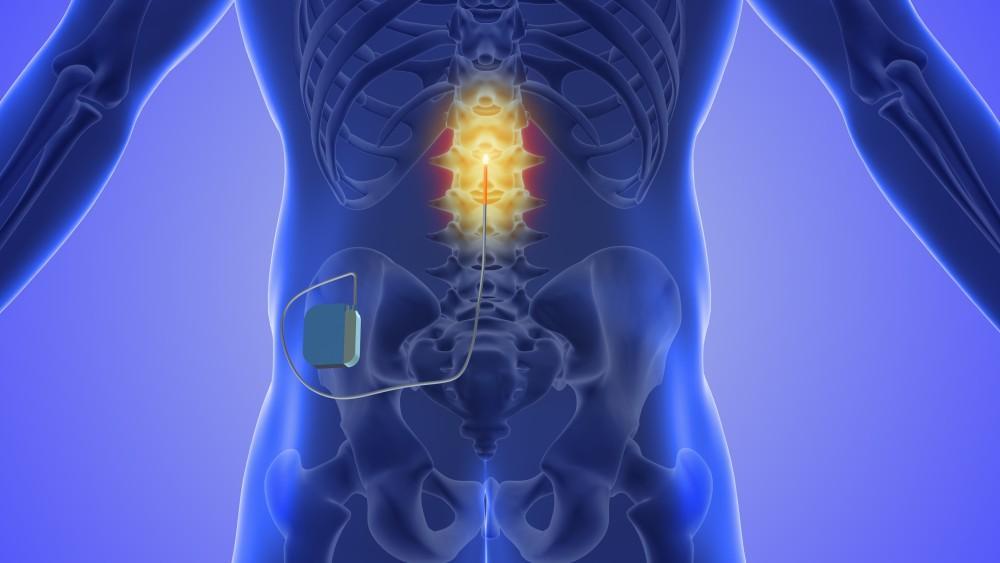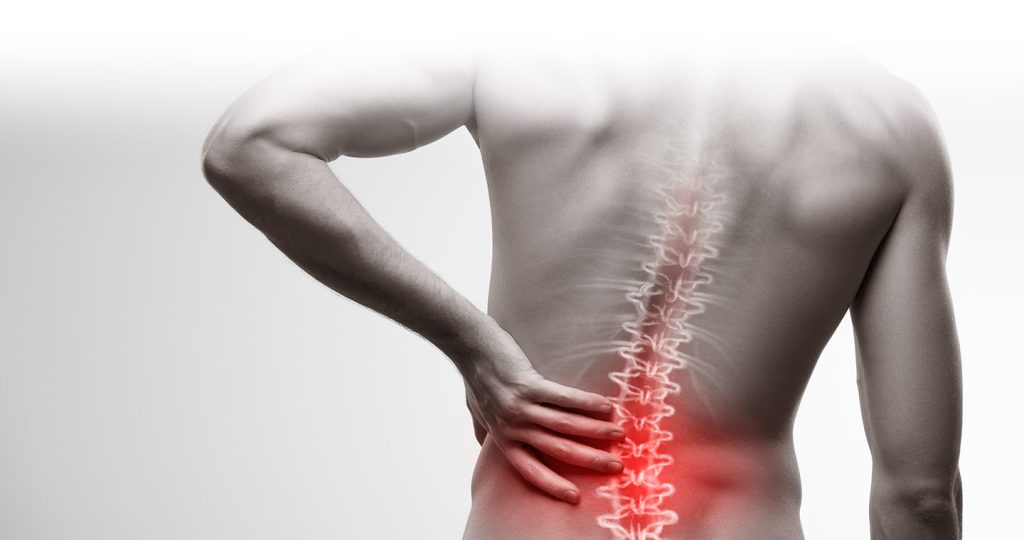Spinal Cord Stimulation and its use in the injury management space.

Spinal cord stimulators are devices that deliver electrical pulses to the spinal cord to relieve chronic pain. They come in three main types, depending on the location and duration of the battery. Currently, there is some controversy about the efficacy of these.
The types are:
- Conventional implantable pulse generator: These implants have a battery that needs to be replaced every 3 to 5 years.
- Rechargeable implantable pulse generator: These implants have a battery that needs to be recharged regularly but usually lasts 10 to 15 years.
- Radiofrequency stimulator: These devices contain a battery located outside of your body but are rarely used today.
A spinal cord stimulator (SCS) or dorsal column stimulator (DCS) is a type of implantable neuromodulation device (sometimes called a “pain pacemaker”) that is used to send electrical signals to select areas of the spinal cord (dorsal columns) for the treatment of certain pain conditions. The most common use of SCS is failed back surgery syndrome (FBSS) in the United States and peripheral ischemic pain in Europe.
As of 2014, the FDA had approved SCS as a treatment for FBSS, chronic pain, complex regional pain syndrome, intractable angina, as well as visceral abdominal and perineal pain and pain in the extremities from nerve damage.
About 30% to 40% of people experience one or more complications. Electrode failure and migration are the most common. About 3.4% to 10% of people develop an infection, which is the most common cause of device removal.
Serious complications can include:
- epidural hematoma
- nerve injury
- infection, which may require the removal of the stimulator
- paralysis

Anterior view: X-Ray of a spinal cord stimulator (SCS) implanted in the thoracic spine
About the Author: Dr Geoffrey Rosenberg
Dr Geoffrey Rosenberg is an Orthopaedic Spinal Surgeon who specialises in diagnosing and treating spinal diseases and conditions. His professional associations include the Australian Orthopaedic Association, the Spine Society of Australia, the Australian Society of Orthopaedic Surgeons and the American Society of Orthopaedic Surgeons.
Dr Rosenberg maintains a private practice at his Kogarah rooms and is a VMO for Canterbury Hospital, St George Private Hospital and Prince of Wales Hospital. He offers expertise in spinal fusion, minimally invasive lumbar fusion, interbody fusion, reconstruction for deformity, discectomy and laminectomy. He provides medicolegal opinions for Australian Specialist Hub and is available in-person and via Telehealth for appointments in Sydney, Bankstown, Kogarah and Hobart. His humanitarian work is with Australian Doctors for Africa (Ethiopian, Madagascar, Comoros Islands) and Orthopaedic Outreach (Pacific Islands).
Australian Specialist Hub is Australia’s leading provider of expert opinion and consulting services to the legal, government, public and private sectors. Serving plaintiff and defendant litigators, in-house legal counsel, insurers, claims managers, loss adjusters and public sector agencies, we provide source suitably qualified experts with the required professional, technical, and clinical experience to provide evidence-based reports. Contact our team for more information.


